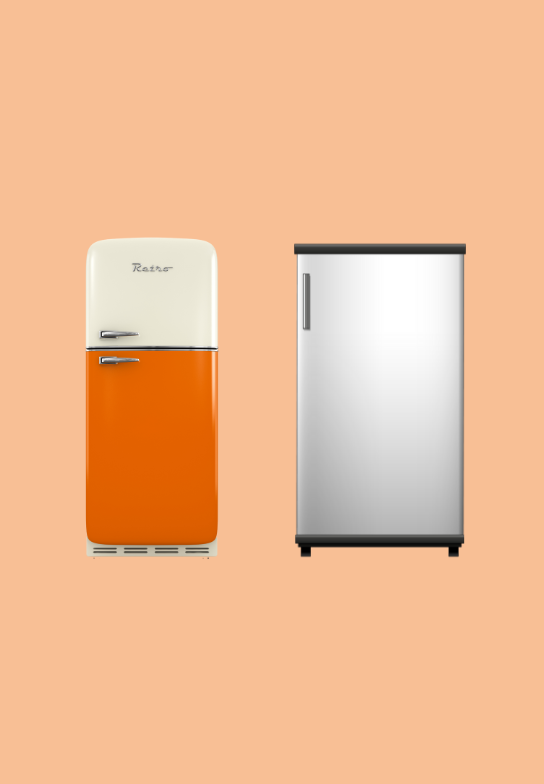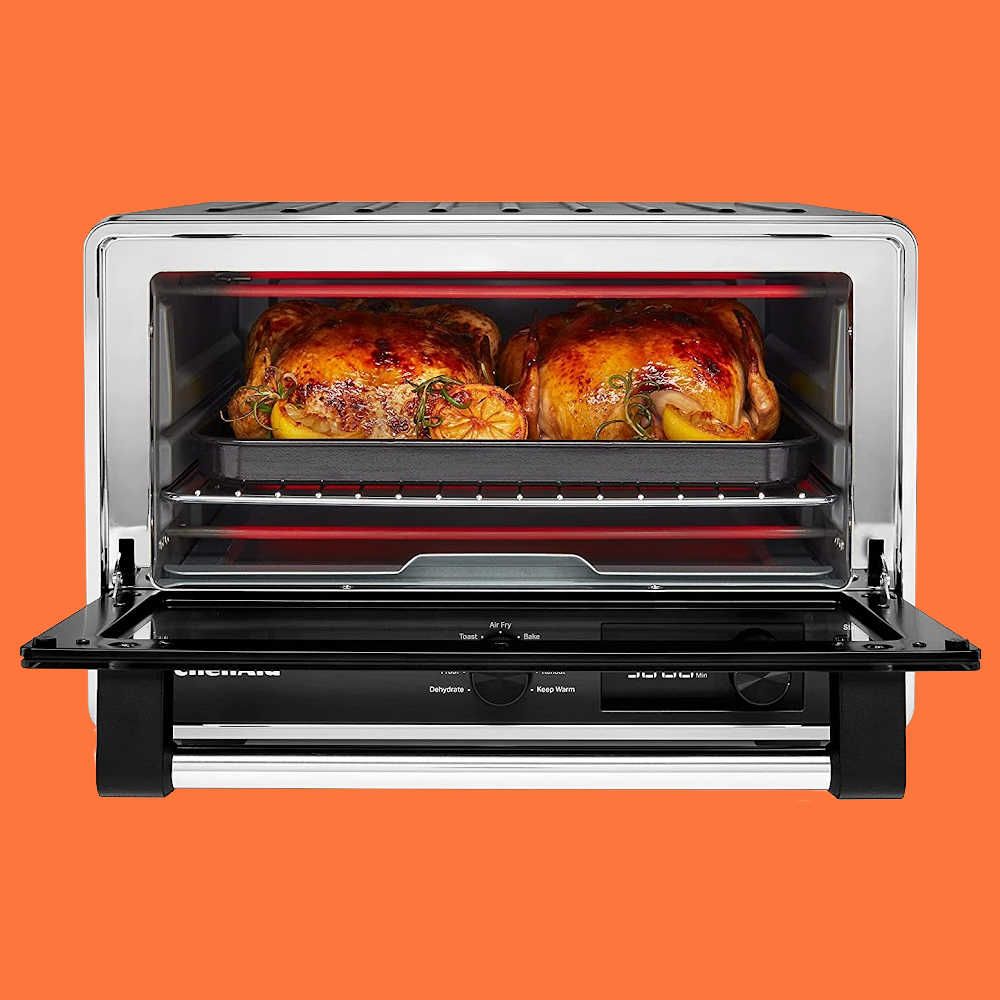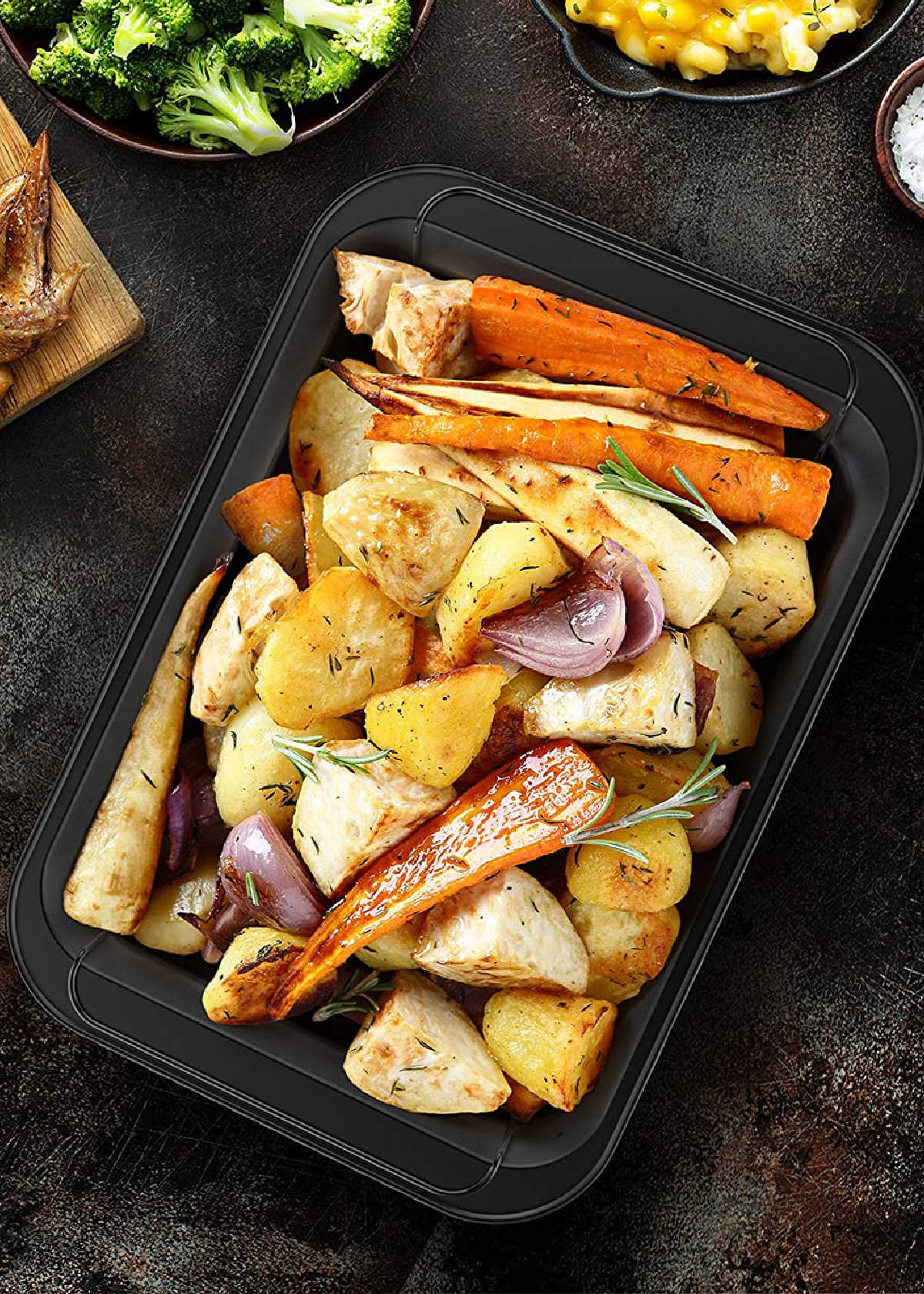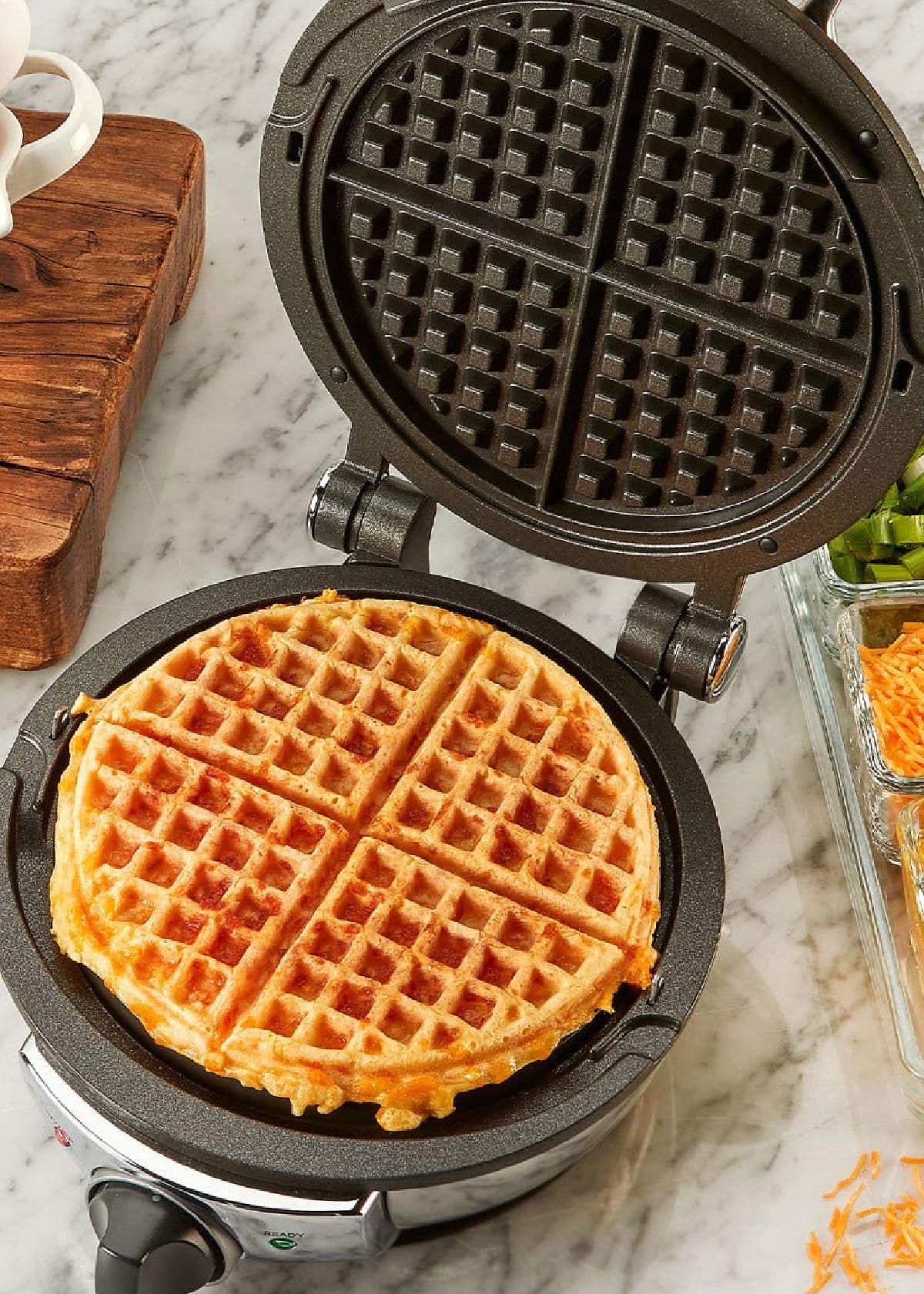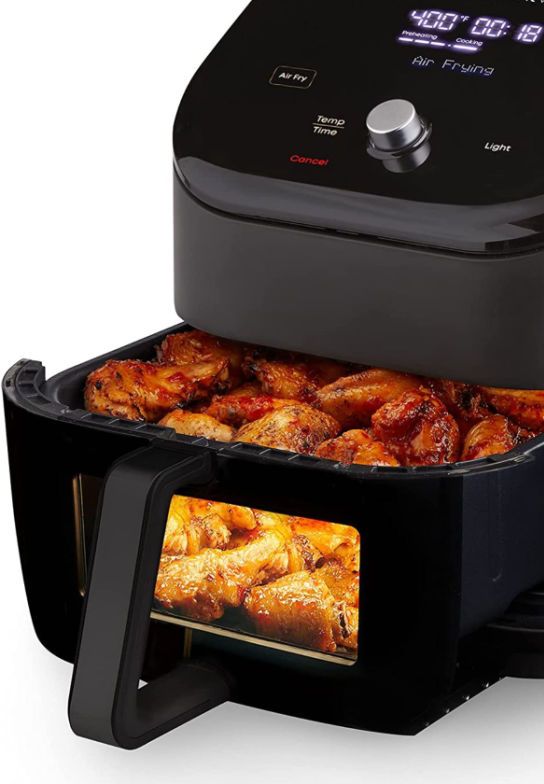Content Summary
If you're someone who loves to frequently host outdoor events, or who loves a cold beverage or snack on the go, having a mini fridge outside can make all the difference.
In this guide, we will discuss indoor and outdoor refrigerators, in particular mini-fridges, and whether you can put a mini fridge outside in the summer or winter. Let's get started.


With the right precautions, such as placement, protection, insulation, temperature setting, and regular cleaning of your mini-fridges, you can enjoy your cold drinks and food outdoors.
Although some mini-fridges offer advanced features that can withstand extreme temperatures and weather, it's essential to note that proper maintenance is crucial for their efficient performance.
Indoor Mini Fridge vs Outdoor Mini Fridge
It's essential to consider the different types of mini-fridges specifically designed for outdoor use.
1. Indoor Mini-Fridges
- These indoor refrigerators are designed to be used in an enclosed environment with consistent indoor temperatures.
- They use a compressor to cool the internal chamber, which can accommodate a range of temperature settings.
- Indoor mini-fridges require less power than outdoor mini-fridges. These may not have the same level of insulation protection required to withstand outdoor temperatures.
2. Outdoor Mini-Fridges
- An outdoor refrigerator is engineered to withstand extreme temperatures and elements.
- Patio and garage refrigerators are both considered outdoor fridges.
- They usually feature weather-resistant materials and advanced insulation to keep your drinks or food at the right temperature, regardless of the weather.
- Outdoor mini-fridges are made from durable materials such as stainless steel, which makes them more durable and long-lasting.
- As a result of their durability, outdoor refrigerators cost significantly more than indoor refrigerators.


Can You Put A Mini-Fridge Outside?
You put a mini fridge outside, but it depends on the type of mini fridge, ambient temperatures and your local weather conditions. With the right precautions and an outdoor-rated mini fridge, you can enjoy your cold drinks or snacks outdoors in both summer and winter.
1. In The Summer
- Putting an indoor fridge outdoors during the summer can be tricky, especially if you’re dealing with high temperatures and humidity.
- Do not place it outside for a long period, and move it indoors when it's no longer used.
- When placing your regular mini-fridge outside, make sure to keep it under shelter, such as a shaded area, to protect it from direct sunlight and extreme heat.
- Ensure that the fridge is not exposed to moisture or rain, as it can quickly damage its internal components.
- Keep in mind that extremely hot temperatures may cause the mini fridge to work overtime, resulting in wear and tear that could reduce the lifespan of your appliance. And, "overtime" means a higher energy bill.
- Many outdoor-rated mini-fridges are designed to operate even in extreme heat. So it's better to opt for an outdoor fridge specifically designed to withstand those outdoor temperatures.
2. In The Winter
- Placing your mini fridge outside in the winter also comes with its own set of challenges.
- With the right precautions, you can safely use your mini-fridge outdoors, even in freezing temperatures.
- If you live in an area with freezing temperatures and snowfall, make sure to protect your mini fridge from the elements.
- Cover it with a weather-resistant wrap or tarp, and insulate it with a thick foam layer to avoid affecting its performance.
- Ensure that the fridge is placed in an area with consistent temperature, as freezing temperatures can damage its internal components.
- It also depends on the type of mini-fridge you have. If you have an outdoor-rated mini fridge, it can withstand a wide range of temperatures, including extremely cold weather.


Putting A Mini Fridge Outside FAQs
Here are some of the most frequently asked questions about putting a mini-fridge outside:
What outside temperature is too cold for a refrigerator?
Typically, a refrigerator can withstand outside temperatures between 0°F and 110°F. Any temperature colder (or hotter) than that could damage its internal components and reduce the lifespan of the appliance.
If you're using your refrigerator outdoors during winter, it's essential to pay attention to the temperature levels.
How do I keep my garage fridge running in the winter?
For a garage, you should consider investing in an outdoor-rated mini fridge specifically designed to withstand below 32°F temperatures.
Keep the mini-fridge under a shelter, to protect it from temperatures that go way below 32°F, humidity, and moisture.
Additionally, adding a layer of foam insulation to the fridge can help maintain consistent inside temperatures, and meanwhile, keep the fridge from working overtime.
Why is my garage fridge not working in cold weather?
It's essential to consider the type of mini fridge you have. Indoor mini-fridges are not designed to withstand extreme temperatures, so they may not work in cold weather. Make sure to invest in an outdoor-rated mini-fridge if you plan to use it outdoors during winter.
Is it OK to put a refrigerator in a hot garage?
Indoor refrigerators lose effectiveness in an outdoor environment. Garages are considered "more outdoor than indoor", unless they are closed most of the time.
- As a general rule, it's not recommended to place your indoor refrigerator in a hot garage.
- Higher or lower temperatures can cause the mini fridge to work overtime, resulting in wear and tear that could reduce its lifespan, and higher energy bills.
- Like a patio, a garage is so close to outdoors, that you'll need an outdoor refrigerator. Outdoor mini fridges are designed to work in ambient temperatures between 0°F and 110°F.
What is a garage refrigerator?
A garage refrigerator is an outdoor mini-fridge designed for use in the garage. These fridges are engineered to withstand extreme temperatures, such as freezing and very hot temperatures.
They usually feature weather-resistant materials and advanced insulation to keep your drinks or food at the right temperature, regardless of the weather.
Tips & Tricks
Whether you're using your mini fridge outdoors during the summer or winter, ensure proper maintenance to keep it in tip-top condition. Consider these tips for proper use:
- Ensure proper ventilation around your mini fridge to prevent overheating.
- Protect your mini fridge with a cover to ensure resistance to weather and environmental conditions.
- Regular cleaning, such as defrosting and wiping down the shelves and compartments, is essential to avoid ice, mold, and mildew build-up.
- Ensure the power cord and plug are not exposed to moisture or weather elements, as they can damage your fridge and increase the risk of electrocution. In a garage, you better use dedicated outdoor power cords and outlets.
- Position your mini fridge firmly on level ground to avoid any hazards and potential falls.
- Avoid leaving the fridge outside when it's not in use.
- Follow the manufacturer's instructions and guidelines to avoid damaging your mini fridge or risking safety hazards.
Need a quality outdoor mini fridge? Find yours from our top picks in the below blog post!

Now that you know the difference between indoor and outdoor mini refrigerators, you can make an informed decision on whether to put your mini fridge outside or not.
Happy cooking!
Catchy Finds

